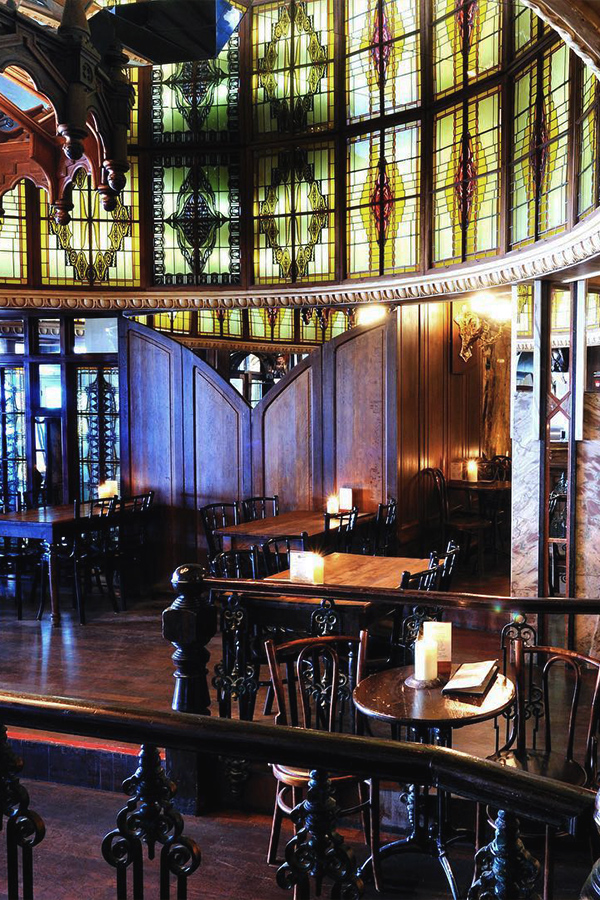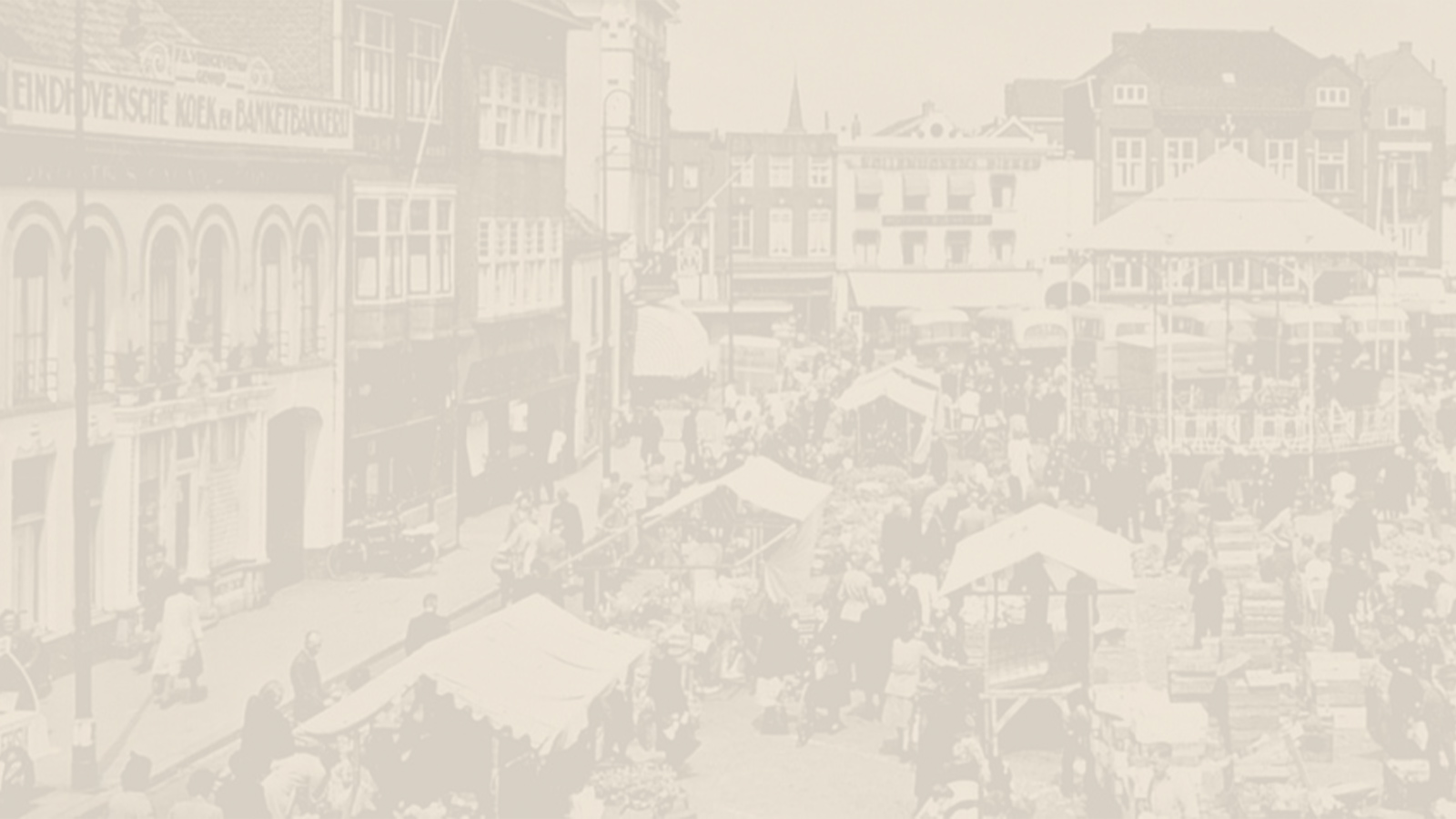

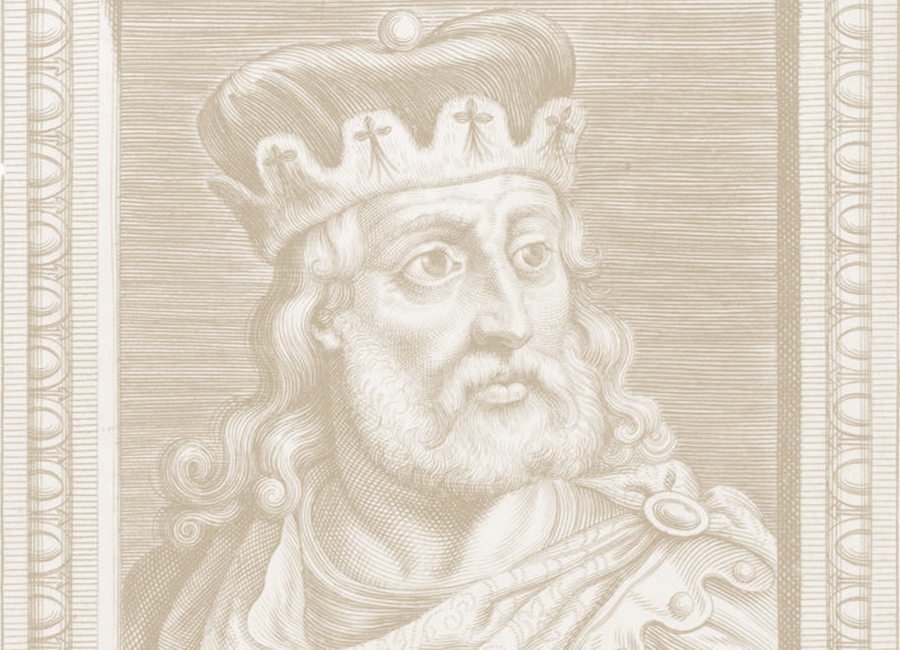
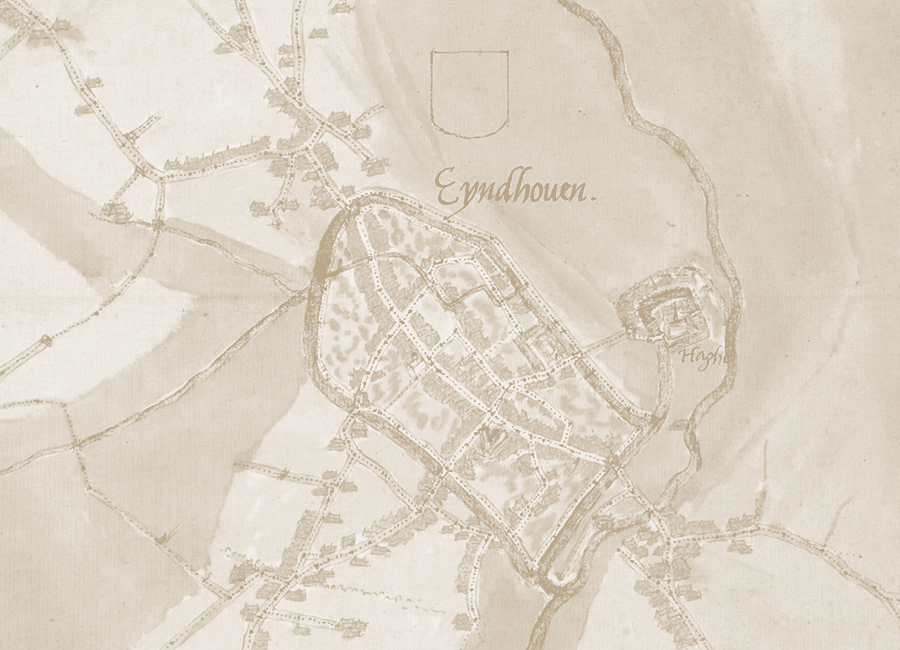
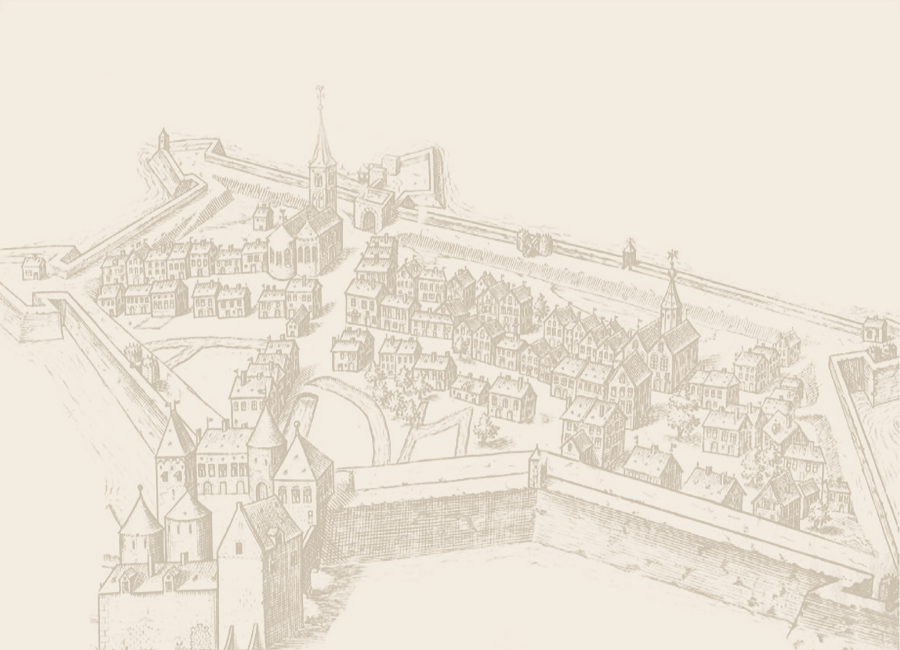
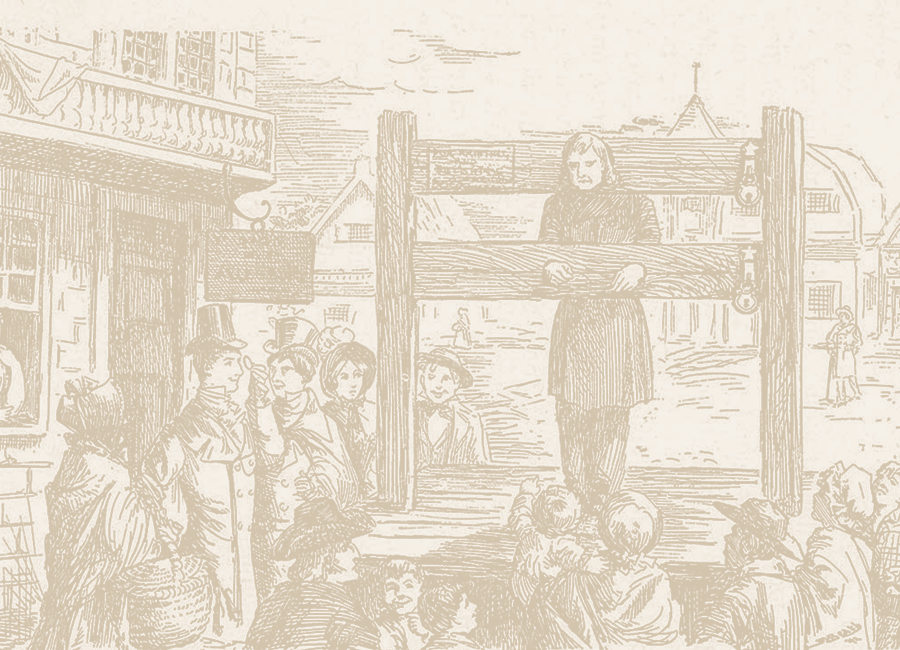
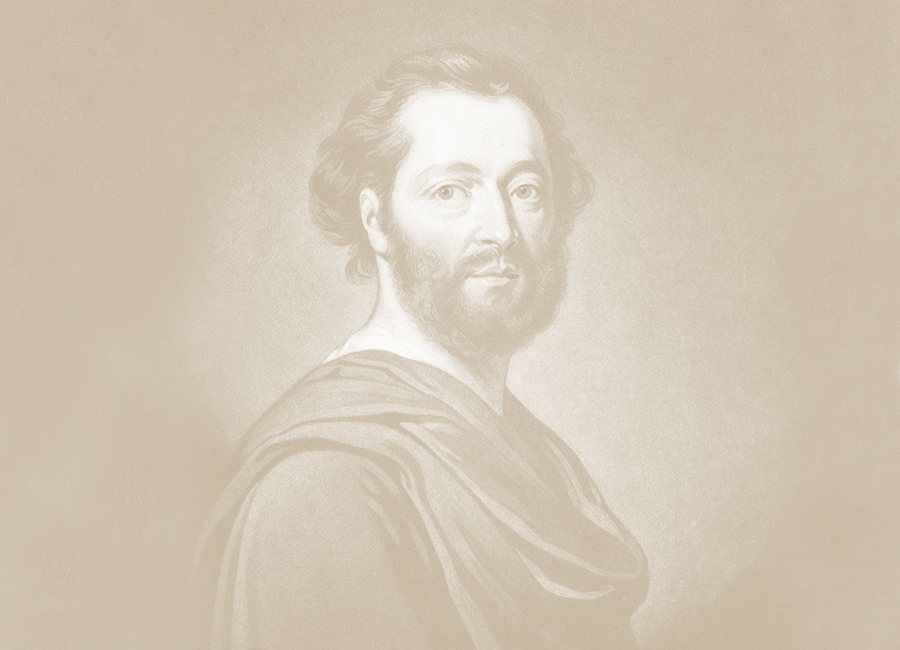
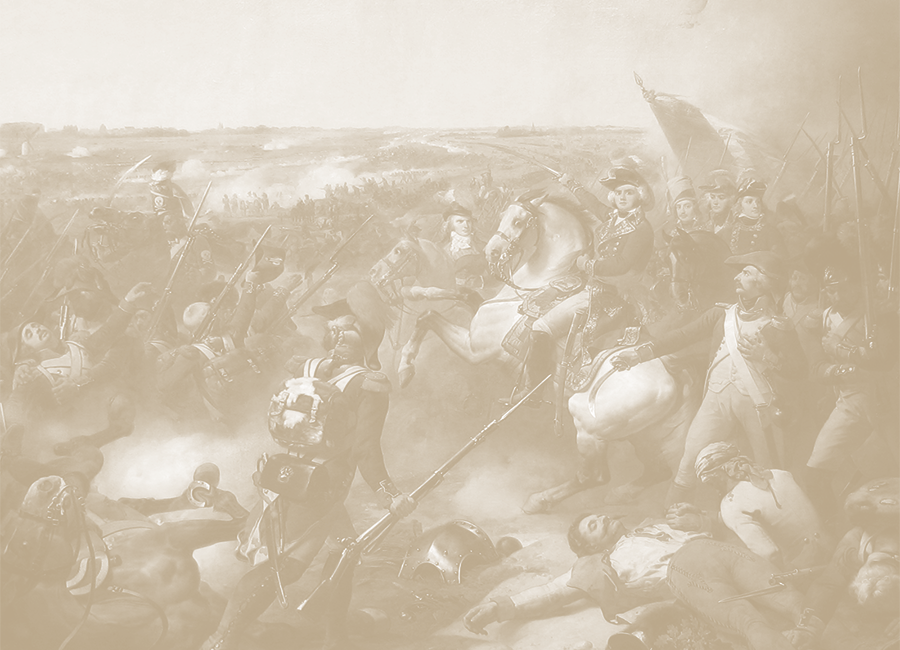
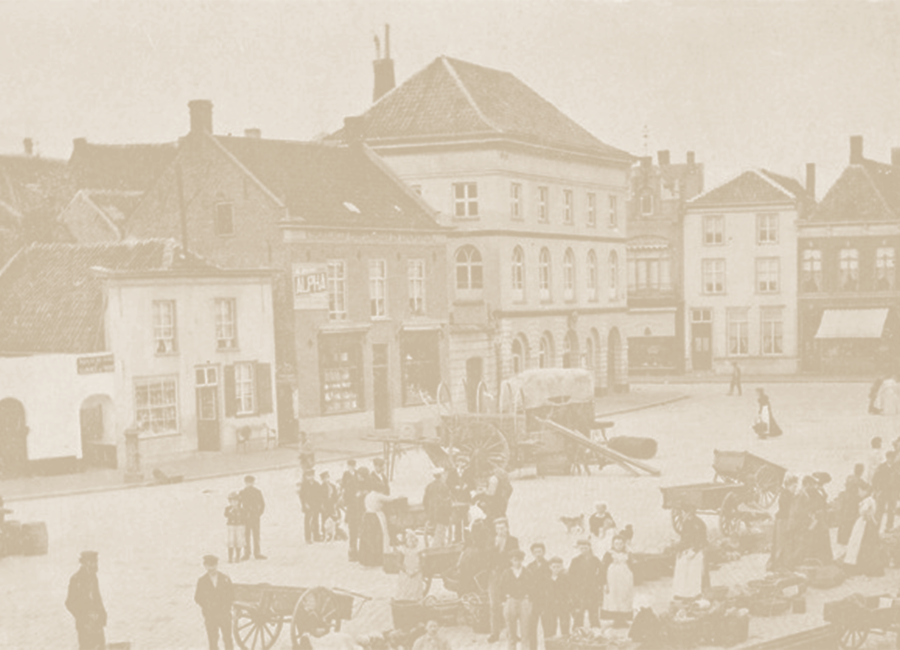
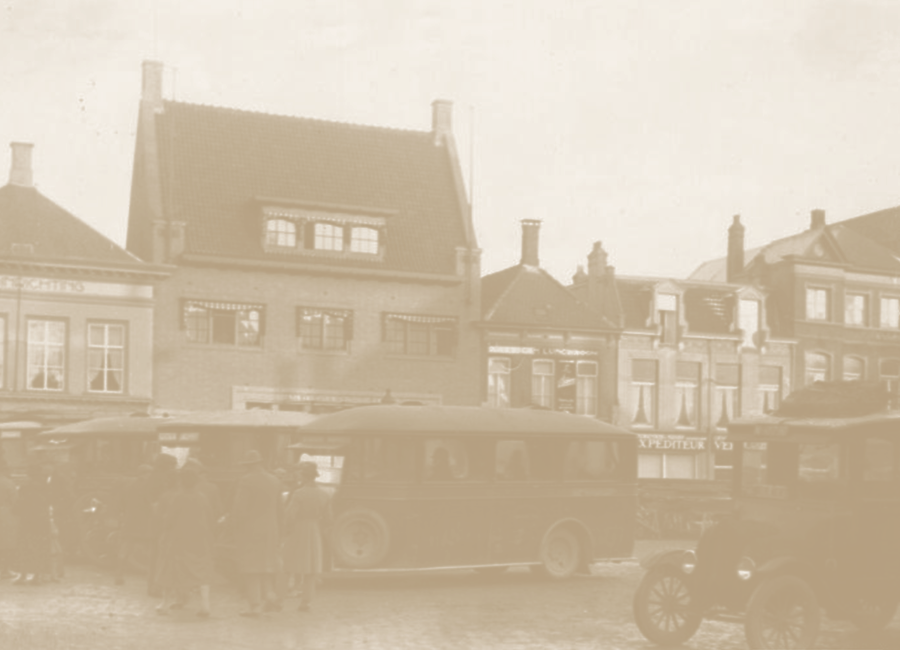
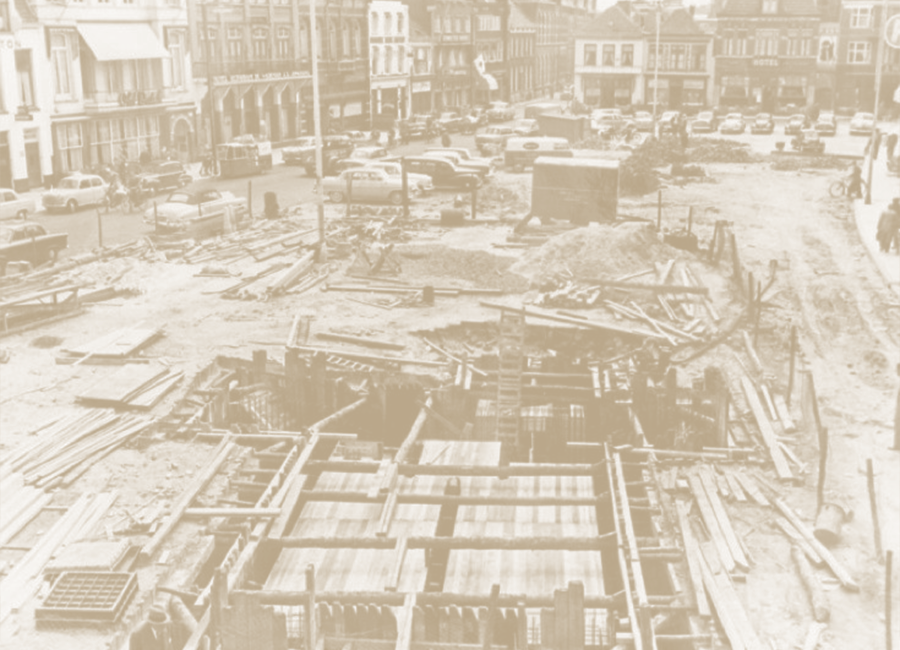
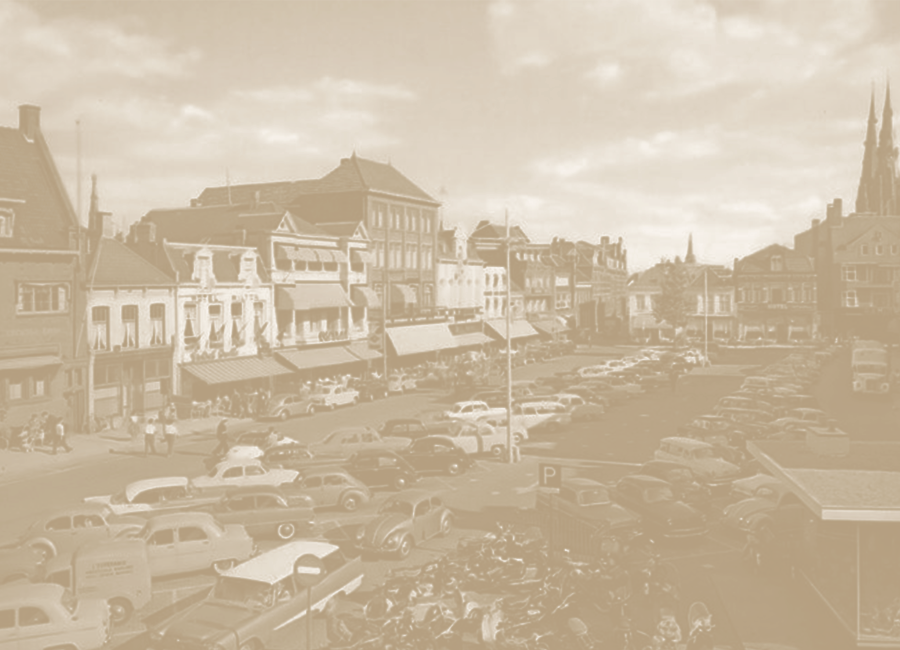
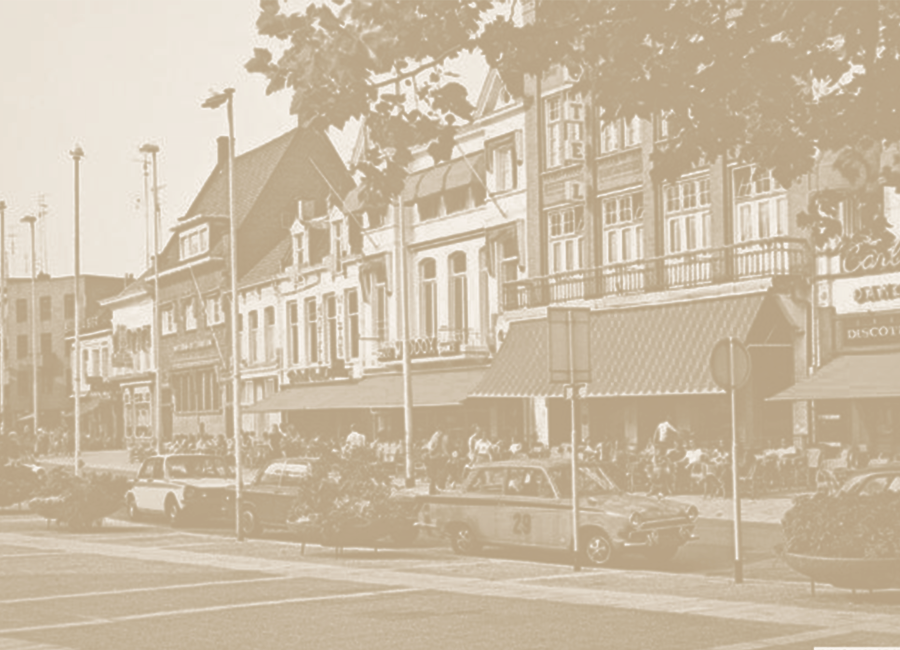
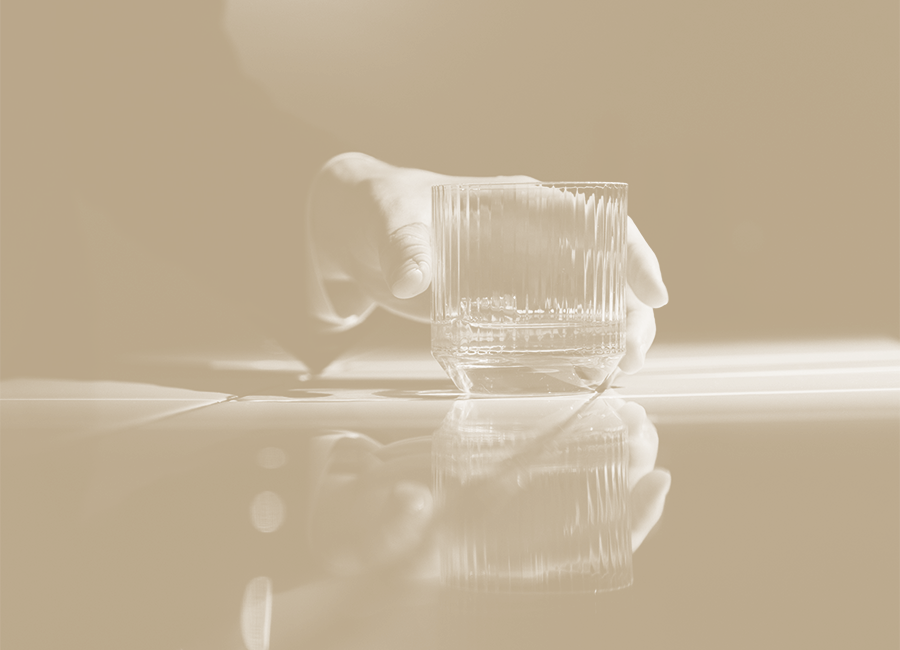
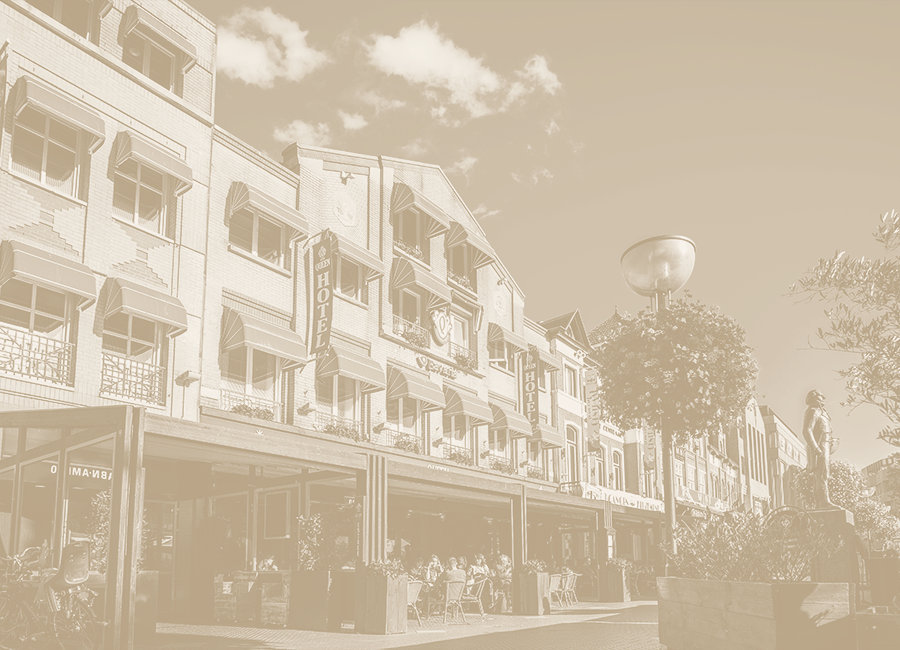
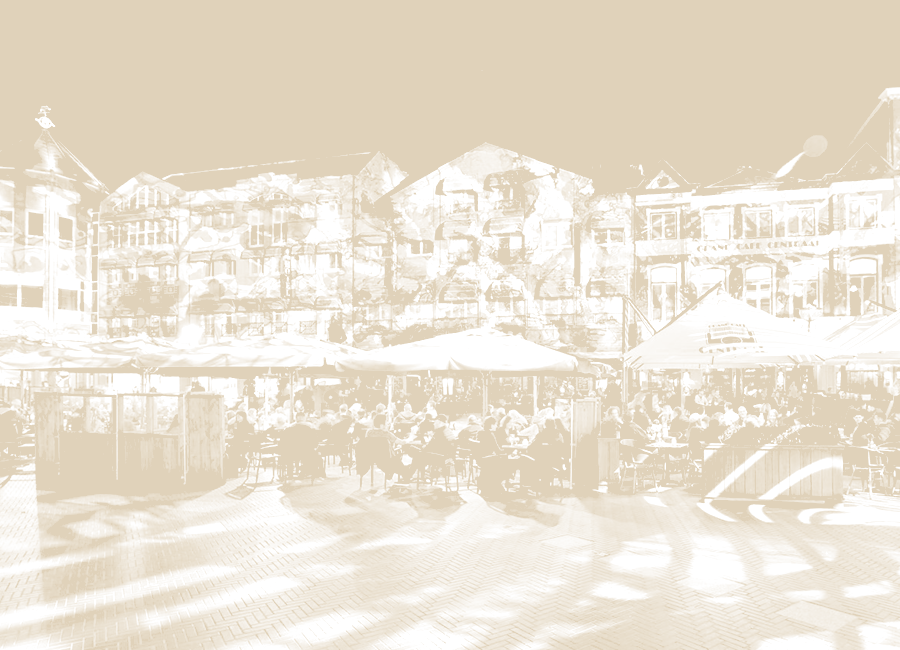
Eindhoven's market is probably the main force that has shaped the city's development over time. When Henry I, Duke of Brabant, granted Eindhoven city rights in 1232, it was still a small settlement. But its market right was a formidable asset. It was a place where people could trade and come together.
When the Duke granted city rights to Eindhoven, he was involved in a conflict with the Counts of Gelre (Gelderland). The market right meant that farmers and traders from the area immediately around the city were obliged to sell their goods in Eindhoven as selling them elsewhere was a punishable offence. More control, greater coherence and more opportunities to exert pressure.
Despite this central role, we should not overestimate the importance of the market and Eindhoven's city rights in the period prior to the industrialised 19th century: until 1656, the market was not paved and the square consisted of a sandy field intersected by a small river called the Gender. The river made it difficult to keep the traders’ wares and merchandise dry in the lower part of the field. Water flowed into the market from all sides.
Because of the central function of the market square, it was by no means always a place for socialising, trading and buying and selling products made by local craftsmen. The town's pillory also stood on the market square; petty criminals were tied to this instrument of corporal punishment so that passers-by could taunt them. On rare occasions, people who had committed horrific crimes were hung from the scaffold.
When you approach the entrance to Queen, you see a striking statue. It commemorates Johan Frederik Rudolph van Hooff. He was one of the leaders of the Dutch Patriot movement, a movement that wanted more rights for citizens and fewer rights for the nobility, and he fought against the Prussians who were trying to keep the House of Orange-Nassau in power.
After he managed to escape, he fled to Paris, where he witnessed the French Revolution. In 1793 he arrived in his hometown with a French army and eventually managed to temporarily conquer it. A few years later, when Eindhoven fell back into Dutch hands, a spelling mistake in his name saved him from the guillotine. However, Van Hooff remained a fighter for 'his' city of Eindhoven and became minister of justice in 1810.
Back to the essence of our story. Queen's current location is one with a long history of hospitality and conviviality. The first hospitality business was opened in 1881 by Franciscus van Heuven. A coffee house that also sold alcoholic drinks, with a few modest rooms for rent on the upper floor. The coffee house was passed down in the family for generations, to his sister, daughter and grandchildren.
After years of profitable trading, the family acquired the adjacent property in 1920 and started a lunchroom there. This concept of a luxury bread and pastry store combined with a café was based on an American model. The business was given an appropriate name - “American Lunchroom” - and soon became one of the hot spots of Eindhoven. It was eventually sold as a successful going concern for the princely sum of 23,250 'guldens'.
Under the statue of Meneer Frits you will find a hatch to a piece of Cold war history. The city of Eindhoven had a spacious nuclear fallout shelter built, complete with supplies of food and drink, plumbing and ventilation for about 100 people. Eindhoven's nuclear fallout shelter was built between 1953 and 1956 but was fortunately never used for its original purpose. In fact, when the threat of the Cold War had passed, it was used as a public toilet for many years.
Club 44 opened at our current location after it had been occupied by several hospitality businesses. The club achieved notoriety as one of the first nightclubs in the region in the late 1960s. Its owner, Jo van Gestel, purchased a traditional old-fashioned bar called Grolsch Quelle in 1965. Until then, no one had dared to test the viability of this nightlife concept in the City of Light. However, Club 44 soon became known as “the place to be” in Eindhoven.
Club 44 is sometimes also seen as the incubator of Eindhoven's hospitality industry; young people had the opportunity of learning the ropes of the hospitality industry there and many of them then went on to open cafés of their own in Eindhoven's centre. Beat music reached its zenith at the end of the 1960s and if you wanted to dance to these sounds, you went to Club 44.
Former owner Jo van Gestel also claims to have invented the “Spatje” (which most people refer to as a whisky cola). As the story goes, he decided to mix whisky with Coca Cola because he did not want to drink beer day in and day out. The cocktail quickly caught on among Club 44's trendy visitors, and so it came to pass that Jo van Gestel found himself ordering several dozen bottles of whisky a week, rather than just one. Let’s not spoil the fun with the fact that whisky cola has been a popular drink in the United States since 1907.
In 2002, Queen was given the privilege of taking over from the hospitality entrepreneurs who had preceded us. A hotel, restaurant and café. Continuing the hospitality tradition of this location. At Queen you can still taste and experience the Burgundian lifestyle of the city of Eindhoven.
Each year, the market square in Eindhoven provides space for one of the spectacular light art installations chosen for the Glow festival. In 2018, the Queen Hotel's façade was the canvas for a light art installation created by ‘Pani’. Based on stunning hand-painted slides, his creation, called ‘Immersive Decelerator’, was one of the absolute highlights of Glow 2018.
Eindhoven's market is probably the main force that has shaped the city's development over time. When Henry I, Duke of Brabant, granted Eindhoven city rights in 1232, it was still a small settlement. But its market right was a formidable asset. It was a place where people could trade and come together.

When the Duke granted city rights to Eindhoven, he was involved in a conflict with the Counts of Gelre (Gelderland). The market right meant that farmers and traders from the area immediately around the city were obliged to sell their goods in Eindhoven as selling them elsewhere was a punishable offence. More control, greater coherence and more opportunities to exert pressure.

Despite this central role, we should not overestimate the importance of the market and Eindhoven's city rights in the period prior to the industrialised 19th century: until 1656, the market was not paved and the square consisted of a sandy field intersected by a small river called the Gender. The river made it difficult to keep the traders’ wares and merchandise dry in the lower part of the field. Water flowed into the market from all sides.

Because of the central function of the market square, it was by no means always a place for socialising, trading and buying and selling products made by local craftsmen. The town's pillory also stood on the market square; petty criminals were tied to this instrument of corporal punishment so that passers-by could taunt them. On rare occasions, people who had committed horrific crimes were hung from the scaffold.

When you approach the entrance to Queen, you see a striking statue. It commemorates Johan Frederik Rudolph van Hooff. He was one of the leaders of the Dutch Patriot movement, a movement that wanted more rights for citizens and fewer rights for the nobility, and he fought against the Prussians who were trying to keep the House of Orange-Nassau in power.

After he managed to escape, he fled to Paris, where he witnessed the French Revolution. In 1793 he arrived in his hometown with a French army and eventually managed to temporarily conquer it. A few years later, when Eindhoven fell back into Dutch hands, a spelling mistake in his name saved him from the guillotine. However, Van Hooff remained a fighter for 'his' city of Eindhoven and became minister of justice in 1810.

Back to the essence of our story. Queen's current location is one with a long history of hospitality and conviviality. The first hospitality business was opened in 1881 by Franciscus van Heuven. A coffee house that also sold alcoholic drinks, with a few modest rooms for rent on the upper floor. The coffee house was passed down in the family for generations, to his sister, daughter and grandchildren.

After years of profitable trading, the family acquired the adjacent property in 1920 and started a lunchroom there. This concept of a luxury bread and pastry store combined with a café was based on an American model. The business was given an appropriate name - “American Lunchroom” - and soon became one of the hot spots of Eindhoven. It was eventually sold as a successful going concern for the princely sum of 23,250 'guldens'.

Under the statue of Meneer Frits you will find a hatch to a piece of Cold war history. The city of Eindhoven had a spacious nuclear fallout shelter built, complete with supplies of food and drink, plumbing and ventilation for about 100 people. Eindhoven's nuclear fallout shelter was built between 1953 and 1956 but was fortunately never used for its original purpose. In fact, when the threat of the Cold War had passed, it was used as a public toilet for many years.

Club 44 opened at our current location after it had been occupied by several hospitality businesses. The club achieved notoriety as one of the first nightclubs in the region in the late 1960s. Its owner, Jo van Gestel, purchased a traditional old-fashioned bar called Grolsch Quelle in 1965. Until then, no one had dared to test the viability of this nightlife concept in the City of Light. However, Club 44 soon became known as “the place to be” in Eindhoven.

Club 44 is sometimes also seen as the incubator of Eindhoven's hospitality industry; young people had the opportunity of learning the ropes of the hospitality industry there and many of them then went on to open cafés of their own in Eindhoven's centre. Beat music reached its zenith at the end of the 1960s and if you wanted to dance to these sounds, you went to Club 44.

Former owner Jo van Gestel also claims to have invented the “Spatje” (which most people refer to as a whisky cola). As the story goes, he decided to mix whisky with Coca Cola because he did not want to drink beer day in and day out. The cocktail quickly caught on among Club 44's trendy visitors, and so it came to pass that Jo van Gestel found himself ordering several dozen bottles of whisky a week, rather than just one. Let’s not spoil the fun with the fact that whisky cola has been a popular drink in the United States since 1907.

In 2002, Queen was given the privilege of taking over from the hospitality entrepreneurs who had preceded us. A hotel, restaurant and café. Continuing the hospitality tradition of this location. At Queen you can still taste and experience the Burgundian lifestyle of the city of Eindhoven.

Each year, the market square in Eindhoven provides space for one of the spectacular light art installations chosen for the Glow festival. In 2018, the Queen Hotel's façade was the canvas for a light art installation created by ‘Pani’. Based on stunning hand-painted slides, his creation, called ‘Immersive Decelerator’, was one of the absolute highlights of Glow 2018.

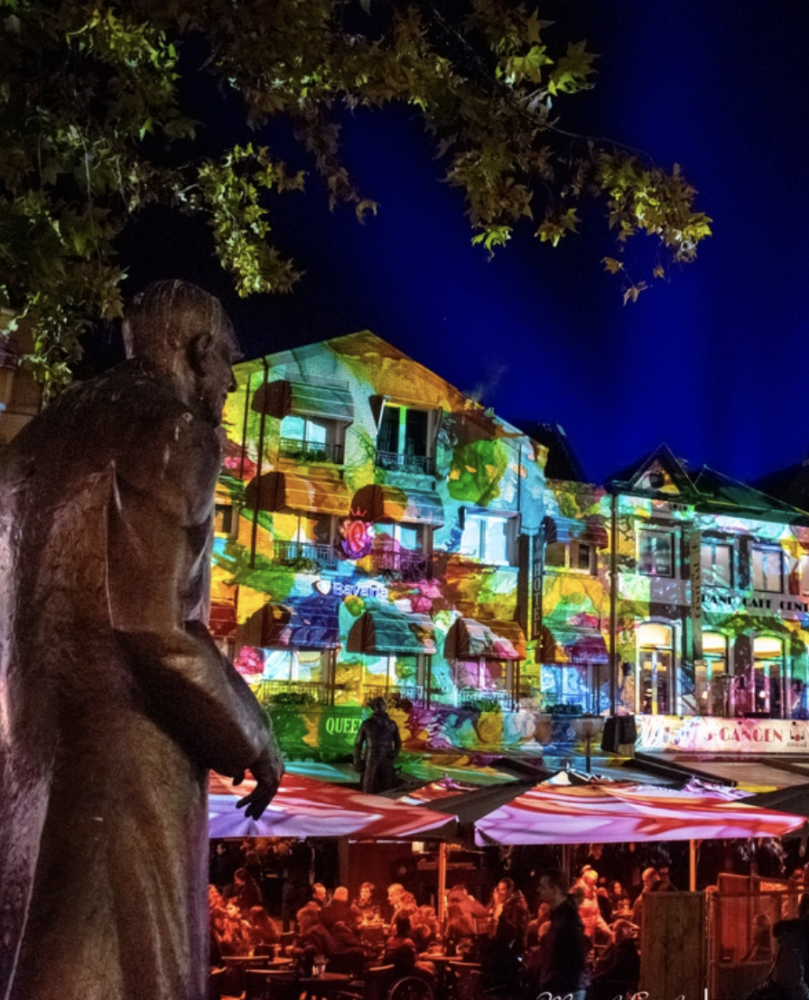
As the entrepreneurs behind Queen, we like to be involved in the city. Eindhoven has a lot to offer and we are happy to help where we can. With our winter ice rink for example, or the GLOW festival, the Dutch Design Week and the King's Day festivities.
The market square is located on a busy historic crossroads. Since 1881, this place has been the home of true gastronomy. And that enjoyment of the finest things in life has been passed down from generation to generation ever since. Be sure to take a look at the dishes we offer in our Grand Café.
Grand Café